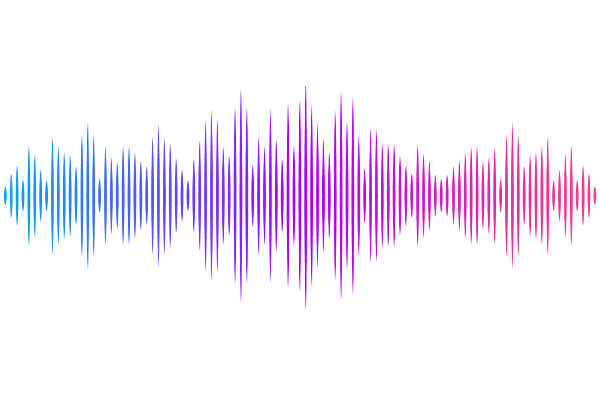Diagnosing electron-neutrino lepton number crossings in core-collapse supernovae: a comparison of methods

Diagnosing electron-neutrino lepton number crossings in core-collapse supernovae: a comparison of methods
Marie Cornelius NBIA and DARK, Niels Bohr Institute, Irene Tamborra NBIA and DARK, Niels Bohr Institute, Malte Heinlein MPI Astrophysics, Garching and TUM, Garching, Hans-Thomas Janka MPI Astrophysics, Garching
AbstractFast neutrino flavor conversion may impact the explosion mechanism and nucleosynthesis in core-collapse supernovae. A necessary condition for fast flavor conversion is the presence of crossings in the angular distribution of the electron-neutrino lepton number (ELN crossing). Because of the computational costs, flavor-dependent angular distributions are not computed by the vast majority of state-of-the-art hydrodynamical simulations; instead, angular distributions are reconstructed employing approximate methods in post-processing. In this work, we evaluate the performance of four methods adopted to diagnose the existence of ELN crossings. For selected post-bounce times, we extract the fluid and thermodynamic properties from spherically symmetric supernova simulations for an $18.6 M_\odot$ progenitor, testing cases with and without muons as well as with and without mixing-length treatment of proto-neutron star convection. We compare the occurrence of crossings in the angular distributions obtained by solving the Boltzmann equations with those in distributions reconstructed from angular moments of our Boltzmann solutions by using the maximum entropy and Minerbo schemes, and also with crossings identified via a polynomial weighting function applied to the angular moments. Our results show that the polynomial method and the Minerbo closure scheme have severe limitations. The maximum entropy approach captures most of the forward crossings, although it fails to reproduce or misidentifies crossings in a subset of our models. These findings highlight the need for robust modeling of the neutrino angular properties in order to assess the impact of flavor conversion on the supernova mechanism.